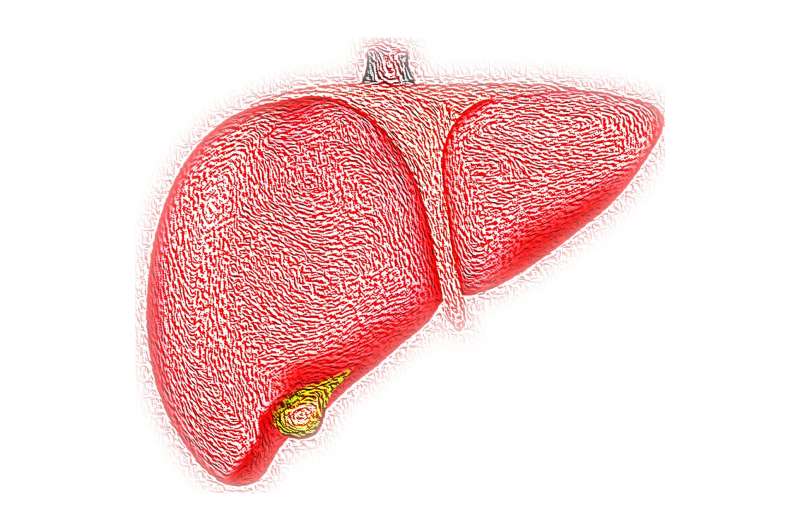Three non-invasive methods used to predict who has NASH agree only about 20% of the time

Researchers and clinicians have been trying to find a way to diagnose nonalcoholic steatohepatitis (NASH) without taking a liver tissue biopsy, but according to new research, formulas that aim to predict NASH based on risk factors do not agree with each other and their accuracy varies. The study was accepted for presentation at ENDO 2020, the Endocrine Society's annual meeting, and publication in a special supplemental section of the Journal of the Endocrine Society.
"The three non-invasive methods we investigated agreed on a NASH diagnosis for only about one-fifth of the participants in the database," said lead study author Theodore C. Friedman, M.D., Ph.D., chair of the Department of Internal Medicine of Charles R. Drew University of Medicine and Science in Los Angeles, Calif. "These results imply that better methods are needed to predict NASH."
NASH is a serious condition that occurs when fat accumulates in the liver, causing inflammation and damage that can lead to cirrhosis and hepatic cancer. Liver biopsy is currently the best way to diagnose NASH, but this minor surgery can be expensive and carries some risk.
The research team analyzed data from 13,910 participants between 20 and 74 years of age who participated in the National Health and Nutrition Examination Survey III (NHANES III) between 1988 and 1994 and who underwent liver ultrasound. The authors excluded those with severe alcohol intake and identified those who had fat in the liver, which could be an indication of NASH.
Using variables available in NHANES III, they compared three of the non-invasive methods that use a different set of potential risk factors to predict the likelihood of a person having NASH: the HAIR score, the NASH liver fat score, and the Gholam score. The HAIR score is based on hypertension, alanine transaminase (ALT) levels, and insulin resistance. The NASH liver fat score incorporates metabolic syndrome, type 2 diabetes, serum insulin, ALT and aspartate aminotransferase (AST). The Gholam score uses AST and type 2 diabetes diagnosis.
All three methods agreed on a NASH diagnosis in only about one-fifth of the study participants. Of the 1,236 individuals who were determined by at least one method to have NASH, 18 percent were identified by all three methods, while 20 percent were identified by two.
All three methods identified significant risk factors for NASH as being overweight or obese, having elevated AST or ALT, and having elevated C-peptide, serum glucose, or serum triglycerides. According to the HAIR and Gholam methods, but not the NASH liver fat score, being Mexican-American was a significant risk factor, while the NASH liver fat score found that being a former alcohol drinker and not meeting physical activity guidelines carried significant risk.
"Because the results differ depending which method is used, considerable care must be taken in interpreting the risk factors," Friedman cautioned. "In clinical practice, patients and their risk factors may be misidentified if formulas, not liver biopsies, are used."
"More work needs to be done to find a valid and reliable non-invasive way to diagnose NASH that avoids the costs and risks of liver biopsy," he noted, adding, "NHANES will be releasing new data on using a different type of liver ultrasound that may be helpful in predicting NASH."




















